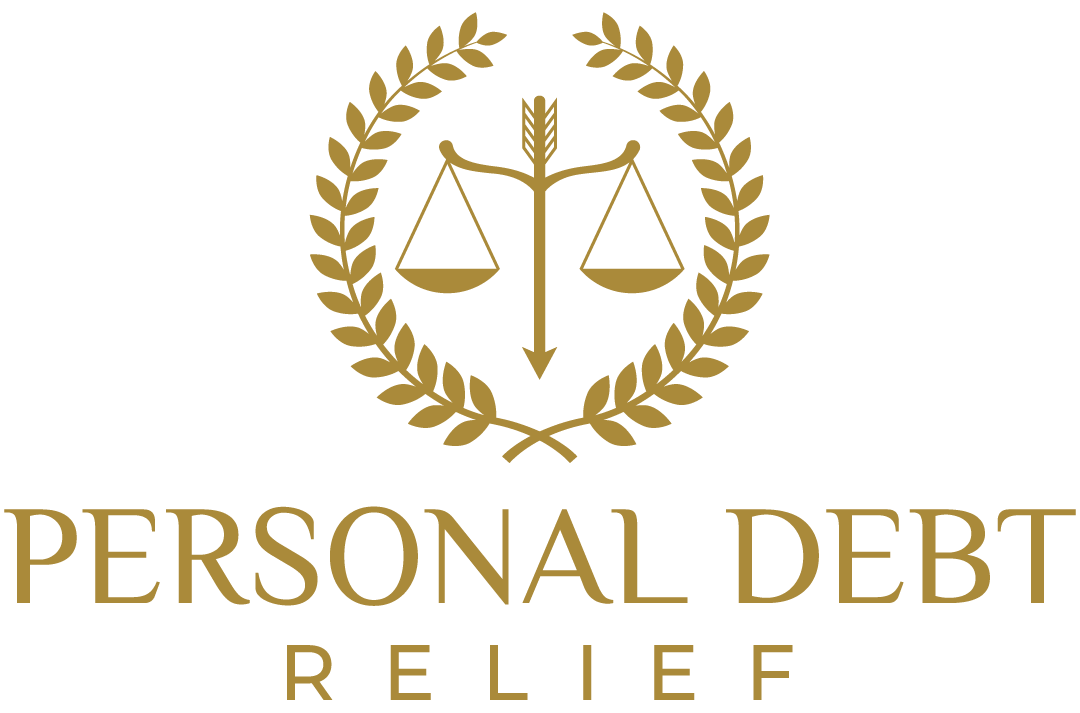Understanding the Personal Debt Landscape in Panama
Personal debt has become a significant issue in Panama, reflecting a variety of socio-economic factors. One of the primary contributors to personal debt is the prevalence of high-interest rates. Many Panamanians rely on credit to manage their daily expenses, but the elevated interest rates can quickly lead to unmanageable debt levels. Additionally, unforeseen medical expenses often compel individuals to take on debt, as healthcare costs can be prohibitively high without adequate insurance coverage.
Educational costs also contribute to the growing debt burden. With the increasing importance of higher education for career advancement, many families invest heavily in their children’s education, frequently resorting to loans to cover tuition and other fees. This financial strain is compounded when students graduate with substantial debt but face a challenging job market.
Statistics reveal the severity of the debt situation in Panama. Recent data indicate that the average household debt has risen sharply, with a notable percentage of the population struggling to meet their financial obligations. For instance, a significant proportion of Panamanians are reportedly spending over 30% of their income on debt repayment, highlighting the pervasive nature of the problem.
Cultural and economic factors also play a crucial role in the personal debt landscape. Consumer behavior in Panama tends to favor immediate gratification, often leading to impulsive spending and increased reliance on credit. The widespread availability of credit cards and personal loans further exacerbates this trend, making it easier for individuals to accumulate debt.
The impact of debt on individuals and families in Panama is profound. Financial stress can lead to severe psychological effects, including anxiety and depression. Furthermore, the strain of managing debt can impair relationships and diminish overall quality of life. It is essential to understand these dynamics to effectively address and mitigate the personal debt crisis in Panama.
Effective Strategies for Achieving Personal Debt Relief in Panama
Managing and reducing personal debt in Panama requires a multifaceted approach that includes various debt relief options and practical strategies. One effective strategy is debt consolidation, where multiple debts are combined into a single loan with a lower interest rate. This can simplify repayments and reduce the overall interest burden. Another option is refinancing, which involves replacing an existing debt with a new one under more favorable terms. This can lead to reduced monthly payments and lower interest rates.
Negotiating with creditors is also a viable strategy. Individuals can directly approach their creditors to discuss potential modifications to the terms of their debt, such as lowering interest rates or extending payment periods. It’s crucial to assess the financial situation thoroughly before taking any action. Begin by listing all debts, including their amounts, interest rates, and due dates. This comprehensive overview will help in creating a realistic budget that prioritizes debt repayment while ensuring essential expenses are covered.
Improving financial literacy is essential for effective debt management. Attending financial education workshops can provide valuable insights into budgeting, saving, and investing. Consulting with financial advisors can offer personalized advice tailored to individual circumstances. These professionals can guide individuals through the complexities of personal finance, helping them make informed decisions.
In Panama, several government programs and non-profit organizations offer support and resources for those seeking debt relief. For example, the Autoridad de Protección al Consumidor y Defensa de la Competencia (ACODECO) provides consumer protection and financial education services. Non-profit organizations like Fundación Microfinanzas BBVA offer financial inclusion programs that help individuals manage and reduce their debts.
Real-life success stories highlight the effectiveness of these strategies. Consider the case of Maria, who was able to overcome her debt challenges by consolidating her loans and attending financial literacy workshops. Another example is Juan, who successfully negotiated with his creditors to lower his interest rates and extend his repayment period, allowing him to regain control over his finances.
